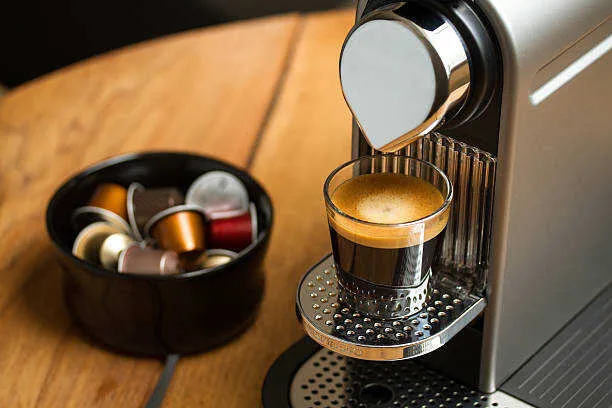Better coffee in capsules or pods? What are the differences?
What are the main differences between capsule and pod coffee? Are there advantages to choosing one or the other in terms of taste, cost, and convenience?
That of coffee, especially in Italy, is now a real cult: already early in the morning we often have a good coffee first thing as soon as we wake up. The advent of the
coffee machines
has resulted in the spread of capsules and pods over the years in addition to classic mocha or instant coffee.
Coffee pods and capsules: what they are
Capsules and pods are small wrappers, usually circular in shape and single-serving (pods can be used only once, while capsules in some cases can be bi-serving), that contain a certain amount of coffee powder (about 6-7 grams) to be used in the appropriate coffee machine.
Compared to coffee made normally via mocha, they allow for significant time savings, as it usually takes only a handful of seconds, without sacrificing the taste and aroma of classic coffee. In addition, pods and capsules are available on the market in numerous flavors and variations, including decaffeinated, allowing a virtually unlimited variety of choices.

Difference between coffee capsules and coffee pods
The main difference between coffee pods and coffee capsules lies in the materials: the wafers are in fact formed from cellulose sheets of filter paper (the same material as tea bags just to be clear) and have a round but flattened shape, while the capsules are stiffer and have a cylindrical-looking shell usually composed of plastic or aluminum.
Since capsule coffee is enclosed in a more “solid” container, compared to pods it is theoretically thought that they can retain the aroma better but this actually depends on the quality of the product. In any case, it is good practice to store them in dry places away from moisture and heat sources.
Waffles differ from each other mainly in size, the two main types of which are 44 ESE (“Easy Service Espresso”) and 38 ESE, where the numbers 44 and 38 stand for the container diameter measurement expressed in millimeters.
Capsules, on the other hand, are categorized as “original” and “compatible“ depending on whether they are produced directly by the same brand (such as
Lavazza, Nescafè, Bialetti
, etc.) of the relevant coffee machine in which they will be used or not.

Disposal and recycling
In light of their composition, used wafers should be disposed of in the waste container.
Once the capsules have been used, their wrapper should instead be thrown into the plastic or aluminum container depending on the material it is made of (after washing it of coffee residue and peeling off the tab).
Amount of coffee contained
Another difference lies in the amount of coffee they contain: in pods you can put in about 7 to 7.5 grams of blend while in capsules the amount is slightly less, usually between 5 and 6 grams.
Prices
In terms of price, coffee pods cost slightly less than capsules (average cost of €20 to €30 per kilo of the former versus €30 to €40 per kilo of the latter), and this is due to simpler processing to obtain the pods and the nature of the materials used; however, pod machines have generally higher prices than those for capsules.
Better capsules or pods?
As is often the case, there is no clear-cut, one-size-fits-all answer: it depends mostly on our personal preferences.
The differences in taste and aroma are in fact given by the quality of the product: in our online store you can find coffee capsules and pods of the best brands and in all sizes!


Visita il nostro e-shop e scopri tanti prodotti a prezzi vantaggiosi!